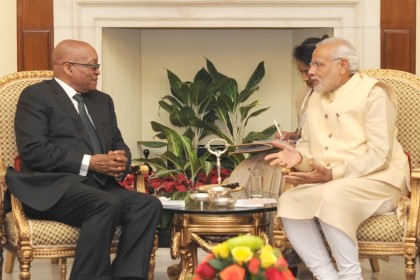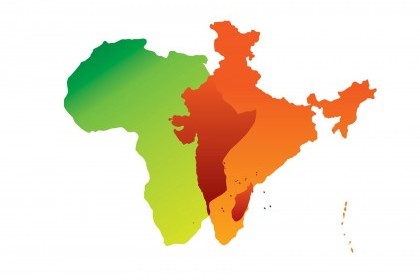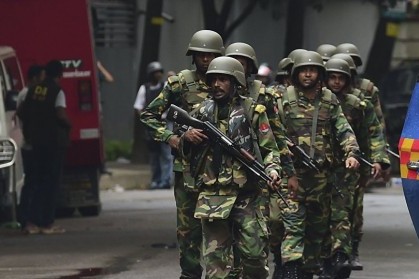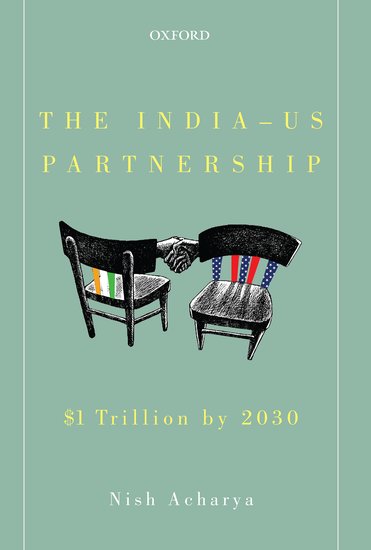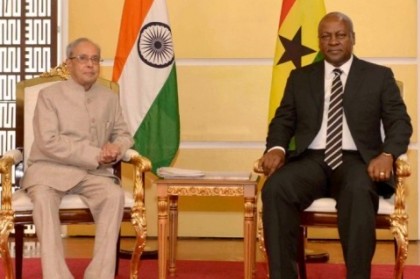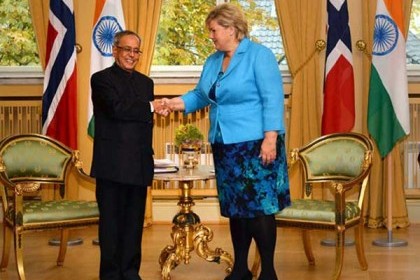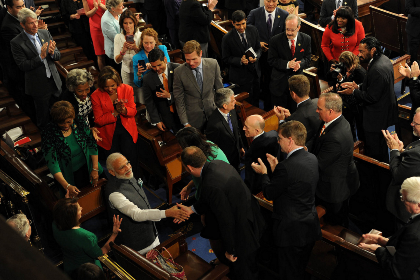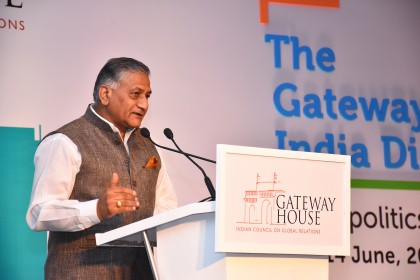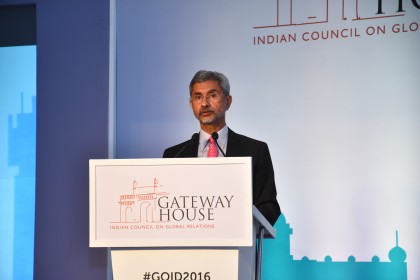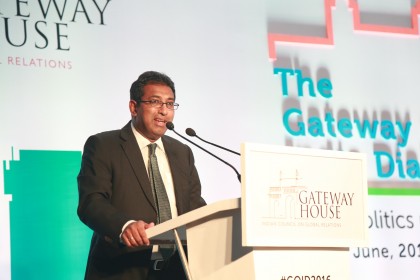Immediate outcomes of Modi in Africa
Prime Minister Modi has just returned from his five-day tour (7-11 July) of eastern and southern Africa. The visits to Mozambique, South Africa, Tanzania and Kenya, were productive and saw the signing of 19 different agreements, all which highlight the India-Africa connection. The long term benefits, however, are yet to be seen.

